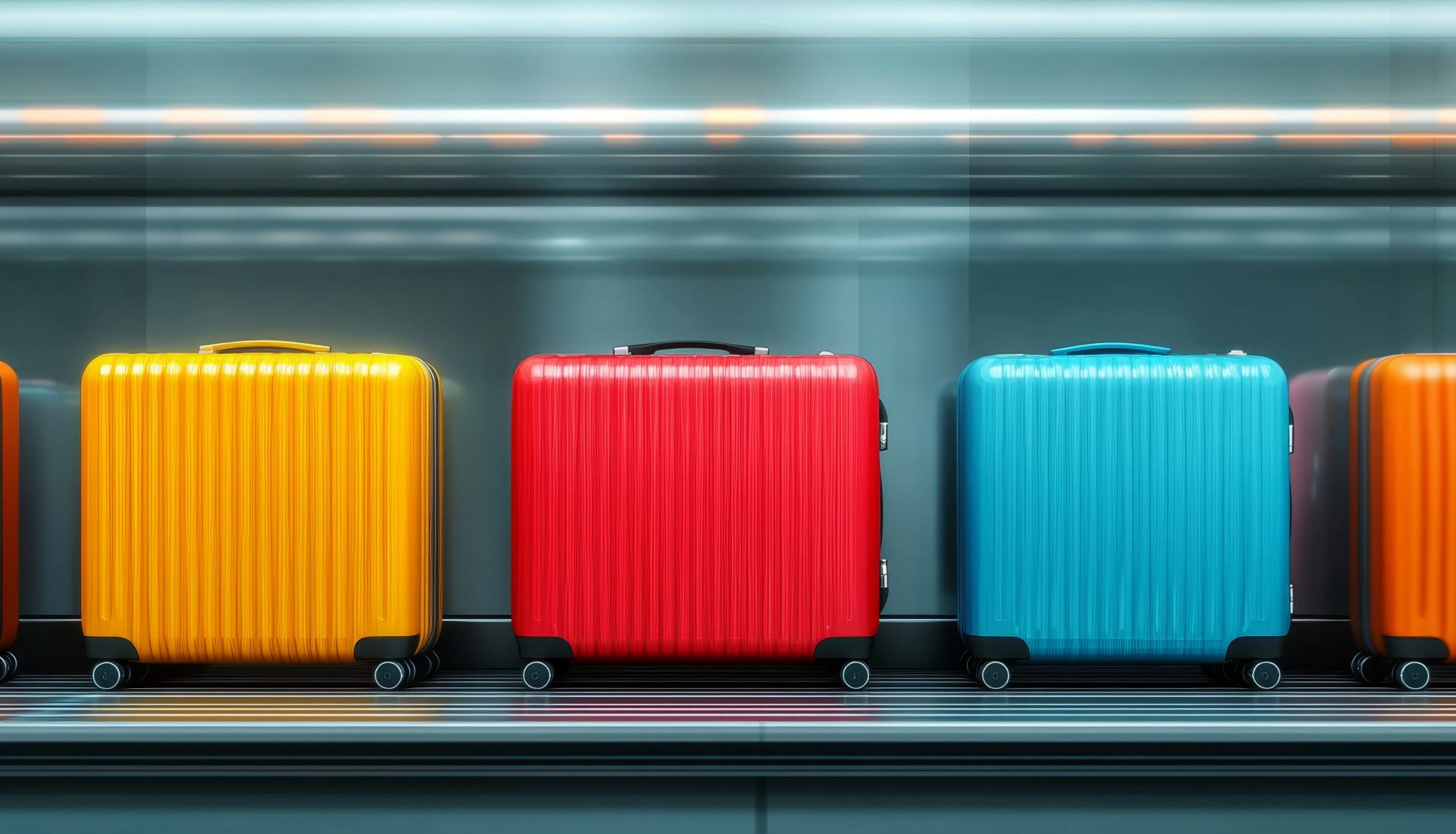
Hooked on to airplane WiFi? Here’s top tips how to protect yourself.
- April 12, 2018
Data privacy is top talk of today.
As our urge to keep on top of the connected world grows, so do the risks of personal data theft and harvesting. With recent information privacy hacks at Facebook – the World’s most protected and populated platform (supposedly), its never been more important to be more aware of the situation and the digital world that we’re operating in.

Digital platforms, ISPs and social networks are constantly working through their security features to ensure privacy of data is maintained. However loopholes exist and often exploited. New environments like airplane WiFi may turn into key playground for hackers and as most airlines are now offering WiFi connectivity on-board their aircraft, simple steps will ensure your data integrity is protected while flying at 33,000 feet.
Firstly, its important to bear in mind that at those altitudes, there is no internet other than the aircraft’s WiFi – that is if you choose to connect online. Aircraft WiFi may not be any different from your local cafe but at your cafe you’d have a choice to hook on to your mobile service provider and tether your device. If there’s no encryption, the person sitting on the seat behind you could be reading your emails.
As airplane WiFi is growing trend, here are our top four recommendations to protect yourself from a breach:
- Pay attention to the safety and encryption features: Before logging on to an airplane’s Wi-Fi, visit the provider’s website and read it thoroughly. Find your way to the terms and conditions page and absorb everything that is there about the safety features. You want to look out for WPA2 or WPA encryption. While WPA2 is most secure, its sometimes incompatible with all devices. Most airlines will have a mix of WPA/WPA2 encryption. If there is no mention of encryption, be vary of the sites you visit and web pages you open as you might be operating in a high risk environment.
- Ensure you have defensive software installed: Making sure your defensive / anti-virus software is installed/active and updated. Most people will have this on their device but its always to check and ensure all is working to standards. Reputable companies that provide these apps and software include Kaspersky Lab, Lookout, McAfee, Sophos, Symantec.
- Have a VPN? Use it – VPN or Virtual Private Networks create a secure tunnel from your device over the public Internet to private networks at a remote location. While they use encryption to ensure that your communications and activity are coded against snooping, they have their limits. If it’s a VPN on a business device then chances are only business communication, emails are encrypted to and from the official servers. Your private information might still be vulnerable.
- Avoid sensitive downloads: The best rule of thumb to stay safe while connected to airplane WiFi is to avoid downloading sensitive data, sending sensitive emails, and browsing sensitive information. Avoid downloading sensitive information, emails and financial information.
In-flight hackings are rarely reported today and are likely to become more common as more and more people start using aircraft WiFi. Precaution is always better than cure and it pays to be vigilant and being aware of the situation that you are and making the most of it – while protecting yourself.
















